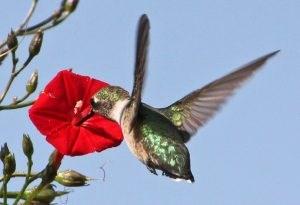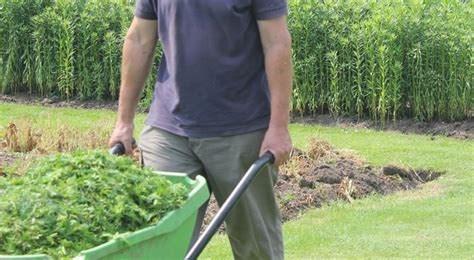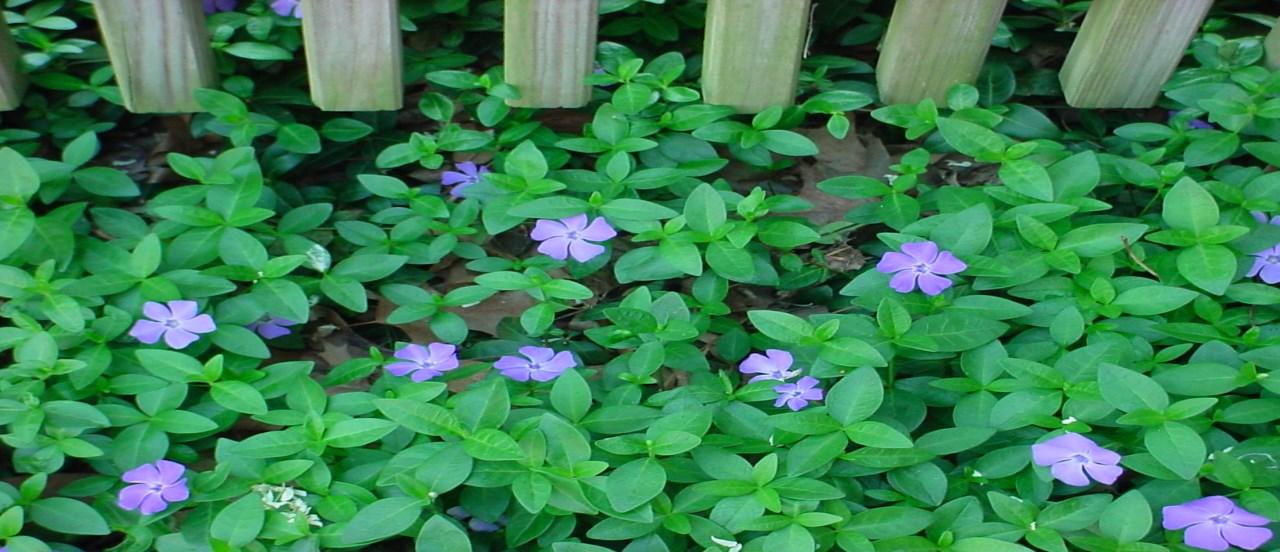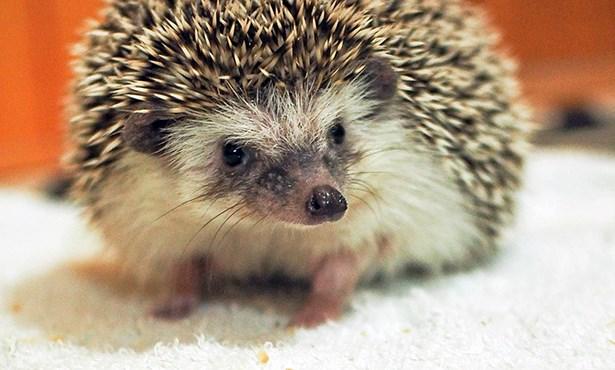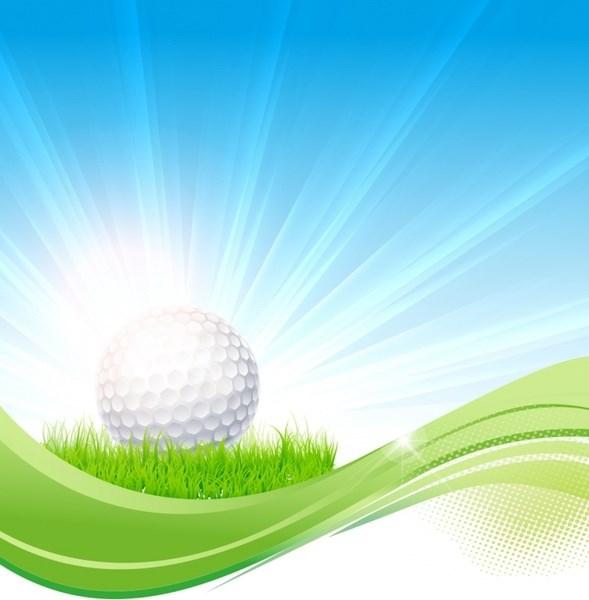
6 minute read
Attracting Hummingbirds
Learn about the many aspects of hummingbirds and how to attract them to your property.
With the approach of summer, it is time to welcome New York’s smallest bird, the ruby-throated hummingbird. Named for the humming sound made by their wings in flight, these birds are renowned for their small size, amazing energetic feats, and iridescent beauty.
Advertisement
More than 330 species of hummingbirds live in North and South America. Most live in the tropics. Sixteen hummingbird species occur on a regular basis in the United States, but only the ruby-throated hummingbird is found east of the Mississippi River.
General Biology
The ruby-throated hummingbird is only 3 to 4 inches long and weighs less than 0.2 ounces. Each fall it migrates from the eastern United States to Mexico and Central America. The birds fly nonstop 600 miles across the Gulf of Mexico during migration. They return in the spring and move northward, following the blooming of early-season flowering plants, such as azaleas, rhododendrons, and columbine. They arrive in Alabama by late March; Washington, D.C., by mid-April; Pennsylvania by mid-April to early May; and further north in New England by May. They stay in the Northeast until September, when they migrate back to Central America.
Hummingbirds are promiscuous: one male mates with more than one female. Males perform a pendulum-like aerial display to attract females. The birds will often use this same display to defend a food source such as a patch of flowers from other hummingbirds. The female builds the nest and generally lays two eggs. She incubates the eggs and raises the young without assistance from the male.
Habitat Requirements
During the breeding season, ruby-throated hummingbirds are found in deciduous and mixed deciduousconiferous forests, woodland clearings and edges, parks, and suburban gardens. They often are found near water. They prefer areas where they can find nectar-bearing flowers, with trees and shrubs nearby for shelter and perching.
Cover
Hummingbirds build their tiny nests on the small limbs of trees or shrubs, usually 5 to 20 feet above the ground. Most nests are sheltered from above by over-hanging leaves and branches. Usually there is no cover below the nest, and nests often are located above water, a trail, or other open area. Females return each year to the same area to nest, sometimes reusing their old nests. New nests may be located in the same tree as in previous years or in a nearby tree. Many tree species are used, but hummingbirds appear to prefer rough-barked trees and those covered with lichens rather than smooth-barked species.
Food
Hummingbirds are specially adapted for eating nectar from flowers. They have long beaks and long tongues for consuming the nectar. The tiny birds can maneuver easily around flowers because they fly backward as well as forward and can hover in midair. This hovering ability makes it easy for them to feed from flowers.
Hummingbirds get nectar from plants, and plants get pollinated by hummingbirds. When the birds feed from flowers, they brush against them, and the pollen sticks to their heads and throats. As they go to the next flower to feed, they transfer some of the pollen to that flower. While bees and other insects also pollinate plants in this way, some plants have evolved so that hummingbirds are their main pollinators. Such flowers tend to have petals joined into long tubes and long stamens (the part of the plant that holds the pollen). Stamens are arranged in such a way as to brush against the hummingbird when it feeds on the nectar.
Hummingbirds lack a well-developed sense of smell and are drawn to flowers by their color instead of their scent. Preferred hummingbird flowers are red, orange, and pink, but the birds eat nectar from flowers of most colors. At least 19 species of native plants in the northeastern United States are pollinated primarily by hummingbirds. These include spotted touch-me-not, trumpet vine,
cardinal flower, fly honeysuckle, trumpet honeysuckle, fire pink, columbine, and wild bergamot. Hummingbirds also assist in pollinating many other native, introduced, and cultivated species.
Along with nectar from flowers, hummingbirds eat insects (off flowers and those caught in the air), spiders, and occasionally sap from trees, especially from woodpecker drilling holes. Hummingbirds also consume sugarwater solutions from bird feeders.
Water
Hummingbirds get most of the water they require from the nectar they eat. They also drink water from leaf surfaces after rains. Hummingbirds use water for bathing and particularly like to bathe by flying through a fine mist. A device that creates a misting fountain within a bird bath can be found at many garden supply stores.
Management Practices
The factor that most often determines whether hummingbirds are found in a particular area is the availability of food. By planting sources of food and providing bird feeders, you can supplement local food supplies for hum-
mingbirds.
Plant Sources of Food
Flowering herbs, shrubs, vines, and trees provide additional food for hummingbirds and attract them to specific areas. Your plantings should include a variety of plants that flower from May through early September. This will ensure food is available throughout the time hummingbirds are present. Hummingbirds are attracted to large clusters of flowers, so group the plantings so that they are conspicuous to the birds. Many species of flowering plants attract hummingbirds. In general, the flowers most attractive to hummingbirds are red, orange, or pink and are tubular in shape. When planning your plantings, consider using native plant species rather than species introduced from other parts of the country or world.
Provide a Hummingbird Feeder
Once you have established your hummingbird garden, a great way to attract the birds to a specific location is to provide a hummingbird feeder. These are not traditional bird feeders but designed to dispense a sugar-water solution. Place the feeders near large clusters of flowers early in the season, so that hummingbirds are easily drawn to them. Once the birds come to your feeder, you can move the feeder, gradually, to almost any location, such as in sight of a window for better viewing. The hummingbirds will find the feeder once they are attracted to an area.
Minimize the Use of Pesticides
Hummingbirds eat insects in addition to nectar and sugar water. Pesticides reduce the number of insects available for hummingbirds to eat. Herbicides may kill plants that produce flowers from which hummingbirds feed. Birds may also be susceptible to the chemicals themselves. Therefore, pesticide use should be minimized.
Protect Hummingbirds from Cats
Cats are a favorite pet in many a home, but if allowed to roam outside they kill many wildlife species--including hummingbirds. It is best to keep your cat indoors at all times to keep it from killing local wildlife. If you do allow your cat outside, place hummingbird feeders in open areas and high enough to be out of cats' reach.
Hummingbird Feeders
You can attract hummingbirds by using feeders that dispense sugar water. Hummingbird feeders generally consist of a plastic or glass storage bottle with red "flowers" encircling the feeding openings. a number of commercial designs are available. select a feeder that is easy to clean and that will store enough nectar for three to four days. Nectar left in feeders for a longer time will go bad.
Hummingbird "nectar" is made by mixing one-part sugar to four-parts water. Bring water to a boil and pour over sugar. Stir solution and let cool to room temperature before pouring into the feeder. Extra nectar may be stored in the refrigerator. Weaker sugar solutions will be less attractive to hummingbirds, and stronger solutions may be harmful. Never make the solution from honey, because fermented honey can cause a fatal fungal disease in hummingbirds. It is unnecessary to add red dye to the solution since hummingbirds are attracted to the red coloring of the feeder. If your feeder does not have red on it, you can use red nail polish to paint the color near the
